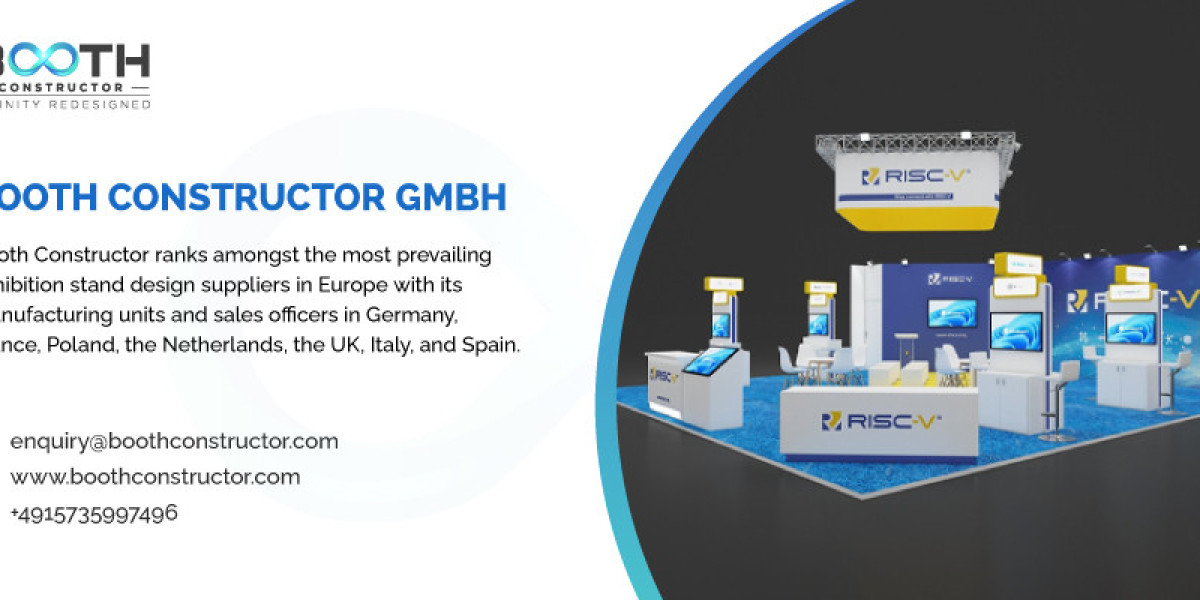Onboarding new developers is a critical process that significantly impacts both the newcomers and the existing team. For React.js developers, this process is even more crucial given the unique nature of React and its ecosystem. A well-structured onboarding process ensures that new developers quickly become productive members of the team, contributing to the project's success. This article delves into comprehensive onboarding tips for new React.js developers, ensuring a smooth transition and setting them up for success.
1. Pre-Onboarding Preparations
a. Welcome Kit
Before the new React.js developer starts, prepare a welcome kit. This kit can include:
- Company Overview: A document that outlines the company's mission, vision, values, and culture.
- Team Introduction: A list of team members, their roles, and contact information.
- Project Overview: An introduction to the projects the new developer will be working on, including project goals, current status, and key technologies used.
b. Development Environment Setup
Ensure that the new developer's workstation is ready before their first day. This includes:
- Hardware: A computer with the necessary specifications for development work.
- Software: Pre-installed software tools such as code editors (like VSCode), terminal applications, and other essential development tools.
- Access Credentials: Login credentials for necessary systems and platforms (e.g., GitHub, project management tools, CI/CD pipelines).
2. Initial Orientation
a. Company and Team Orientation
On the new developer's first day, conduct an orientation session to familiarize them with the company and the team. This session should cover:
- Company Policies: Key policies related to work hours, communication protocols, code of conduct, etc.
- Organizational Structure: An overview of the company's structure, including departments and reporting lines.
- Team Dynamics: Insights into the team’s working style, communication channels (e.g., Slack, email), and collaboration tools.
b. Introduction to React.js Ecosystem
If the new developer is not entirely familiar with the React ecosystem, provide an introductory session covering:
- React Fundamentals: Key concepts like components, props, state, lifecycle methods, hooks, and context.
- React Tools: Commonly used tools and libraries such as Create React App, React Router, Redux, and testing libraries like Jest and Enzyme.
- Best Practices: Coding standards, code style guides, and best practices for writing clean and maintainable React code.
3. Mentorship and Buddy System
Assign a mentor or a buddy to the new React.js developer. This person will be their go-to resource for any questions or guidance during the initial phase. The mentor can help with:
- Technical Guidance: Providing insights into the codebase, explaining architectural decisions, and offering coding tips.
- Process Orientation: Educating the new developer on the team's workflows, version control practices, and code review process.
- Social Integration: Introducing the new developer to other team members, inviting them to team meetings, and helping them feel welcomed.
4. Understanding the Codebase
a. Codebase Walkthrough
Conduct a detailed codebase walkthrough to help the new developer understand the project's structure and key components. This should include:
- Project Architecture: An overview of the project's architecture, including key modules and their interactions.
- Directory Structure: Explanation of the directory structure and the purpose of various folders and files.
- Key Components and Utilities: Introduction to core components, utility functions, and shared libraries.
b. Documentation Review
Encourage the new developer to review the project documentation, including:
- README Files: Basic information about the project, setup instructions, and usage guidelines.
- Technical Documentation: Detailed technical documentation covering the project's architecture, design decisions, and important modules.
- API Documentation: Documentation of internal and external APIs used in the project.
c. Hands-on Practice
Provide the new developer with small, manageable tasks to help them get hands-on experience with the codebase. These tasks can include:
- Bug Fixes: Identifying and fixing minor bugs to get familiar with the codebase.
- Feature Enhancements: Implementing small feature enhancements to understand the project's workflow and coding standards.
- Code Reviews: Participating in code reviews to learn from the feedback and understand the team's quality expectations.
5. Setting Clear Expectations
a. Defining Roles and Responsibilities
Clearly define the new developer's roles and responsibilities within the team. This should include:
- Primary Tasks: The main tasks and projects the developer will be working on.
- Secondary Tasks: Any additional responsibilities, such as participating in code reviews or contributing to documentation.
- Performance Metrics: Key performance indicators (KPIs) or metrics that will be used to evaluate the developer's performance.
b. Establishing Goals
Set short-term and long-term goals for the new developer to provide direction and motivation. These goals can include:
- Short-Term Goals: Initial goals for the first few weeks, such as completing onboarding tasks, understanding the codebase, and contributing to the first project.
- Long-Term Goals: Goals for the first few months, such as taking ownership of a module, improving code quality, or learning new technologies.
6. Continuous Learning and Development
a. Training and Workshops
Offer training sessions and workshops to help the new developer enhance their skills and stay updated with the latest trends in React development. These can include:
- Technical Training: Training on advanced React concepts, new libraries, or emerging technologies.
- Soft Skills Training: Workshops on communication skills, teamwork, and time management.
b. Knowledge Sharing
Promote a culture of knowledge sharing within the team. This can be achieved through:
- Pair Programming: Encouraging pair programming sessions to facilitate knowledge exchange and improve code quality.
- Tech Talks: Organizing regular tech talks or brown bag sessions where team members can share their knowledge and experiences.
- Documentation Updates: Encouraging developers to contribute to the project documentation, keeping it up-to-date and comprehensive.
7. Feedback and Performance Reviews
a. Regular Check-ins
Conduct regular check-ins with the new developer to provide feedback, address any concerns, and track their progress. These check-ins can be:
- One-on-One Meetings: Regular meetings between the new developer and their mentor or manager to discuss progress, challenges, and feedback.
- Team Meetings: Regular team meetings to discuss project updates, share knowledge, and address any team-wide concerns.
b. Performance Reviews
Conduct formal performance reviews at regular intervals to evaluate the new developer's performance and provide constructive feedback. These reviews should cover:
- Technical Skills: Assessment of the developer's technical skills, code quality, and problem-solving abilities.
- Collaboration and Communication: Evaluation of the developer's ability to collaborate with team members, communicate effectively, and contribute to the team's success.
- Goal Achievement: Review of the developer's progress towards their short-term and long-term goals.
8. Encouraging Team Collaboration
a. Team Building Activities
Organize team-building activities to foster a sense of camaraderie and collaboration among team members. These activities can include:
- Social Events: Regular social events, such as team lunches, happy hours, or virtual hangouts.
- Team Outings: Occasional team outings or retreats to strengthen team bonds and improve morale.
b. Collaborative Tools
Ensure that the team has access to collaborative tools to facilitate effective communication and collaboration. These tools can include:
- Communication Platforms: Tools like Slack or Microsoft Teams for real-time communication and collaboration.
- Project Management Tools: Tools like Jira, Trello, or Asana for project tracking and task management.
- Version Control Systems: Platforms like GitHub or GitLab for version control and code collaboration.
9. Promoting a Positive Work Environment
a. Inclusive Culture
Promote an inclusive culture where all team members feel valued and respected. This can be achieved through:
- Diversity and Inclusion Initiatives: Implementing initiatives to promote diversity and inclusion within the team.
- Open Communication: Encouraging open communication and feedback, and addressing any issues promptly and fairly.
b. Work-Life Balance
Encourage a healthy work-life balance to ensure the well-being and productivity of team members. This can be achieved through:
- Flexible Work Hours: Offering flexible work hours to accommodate different schedules and preferences.
- Remote Work Options: Providing remote work options to allow team members to work from anywhere.
- Wellness Programs: Implementing wellness programs to support the physical and mental well-being of team members.
10. Continuous Improvement of Onboarding Process
a. Gathering Feedback
Continuously gather feedback from new developers to identify areas for improvement in the onboarding process. This can be done through:
- Surveys: Conducting surveys to gather feedback on the onboarding experience.
- Interviews: Conducting one-on-one interviews to gather detailed feedback and suggestions for improvement.
b. Iterative Improvements
Based on the feedback received, make iterative improvements to the onboarding process to ensure it remains effective and relevant. This can include:
- Updating Documentation: Regularly updating the onboarding documentation to reflect the latest processes and tools.
- Refining Training Programs: Continuously refining training programs and workshops to address the evolving needs of the team.
- Improving Communication: Enhancing communication channels and practices to ensure clear and effective communication during the onboarding process.
Conclusion
Onboarding new hire react js developers is a multifaceted process that requires careful planning, execution, and continuous improvement. By following the tips outlined in this article, you can ensure a smooth transition for new developers, helping them become productive and valuable members of the team. A well-structured onboarding process not only benefits the new developers but also contributes to the overall success and growth of the organization. Remember, the key to successful onboarding lies in preparation, clear communication, continuous learning, and fostering a positive and inclusive work environment.















